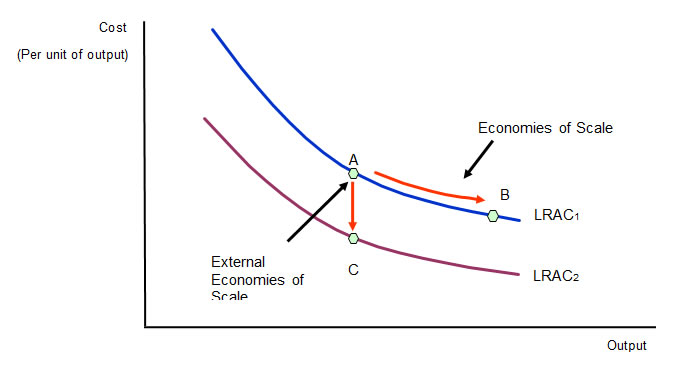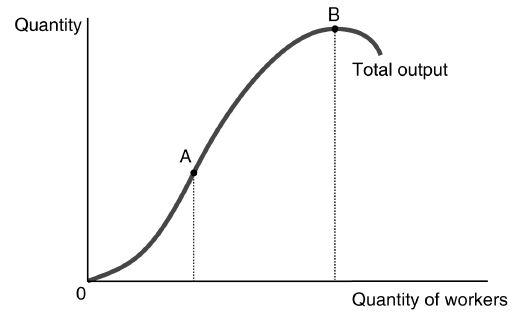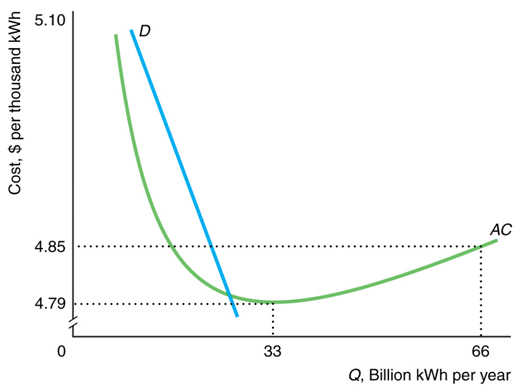Difference between Diminishing Returns and Diseconomies of Scale

Diminishing returns and diseconomies of scale are two of the major concepts in microeconomics which help the firms to manage their production well. Although, both the terms are often used synonymously that is wrong as there is a considerable difference between them.
Diminishing returns refers to a situation at which the per unit output decrease because of an increase in input of one factor of production while the others remain unchanged. On the other hand, diseconomies of scale is a position at which per unit cost of production increases as a firm increases its production because of the inefficiencies.
Instructions
-
1
Diminishing returns
It can be defined as a decrease in the output of per unit production as a result of adding a unit in one factor of production while the others remain same. It is also known as law of diminishing marginal returns in economics which states that an addition unit of input in one factor of production will result in a decrease in the per unit output if the remaining factors remain unchanged. Although, it seems vague that how an increase in a unit of input can result in a lower output, but the example will help to create thorough understanding. Suppose there is a company which manufacture a car with the help of three labours. It has planned to hire more labours and has allocated 5 labours to assemble a car while the remaining factors of production remain constant. Even though, the total output may increase because of an addition unit of input. But, the marginal output will decrease due to additional expenses and inefficiencies. In contrast, if all the remaining factors of production are also increased instead of just one, the company can actually increase the per unit output.
Image courtesy: studyblue.com

-
2
Diseconomies of scale
In economics, it is referred to a point at which per unit cost of production increases as the output is increased and a firm cannot avail the economies of scale. The major reason for the diseconomies of scale is the inefficiency of the factor of production to produce the additional output on reduced cost. Suppose a firm manufactures produces 100 units with 50 labours and has increased to produce 100 unites with the same labour force. However, the cost of production increases because of labour inefficiency.
Image courtesy: courses.byui.edu








